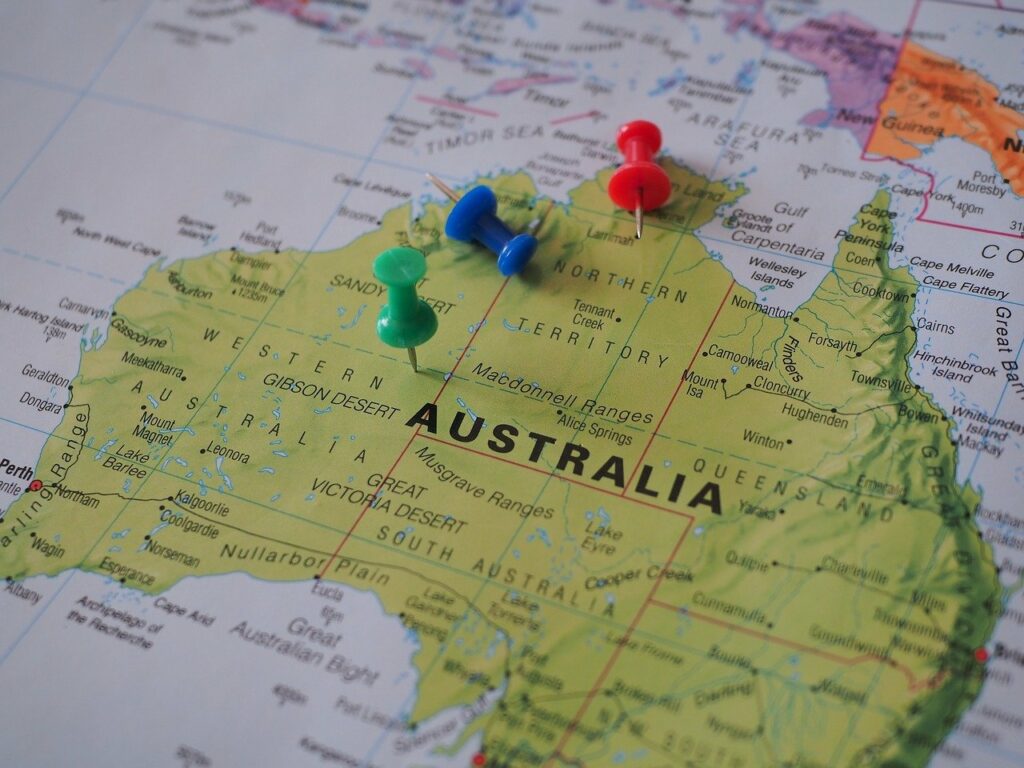Australia is making significant strides in the renewable energy sector with its focus on green hydrogen. The Albanese Government has unveiled new regulations for green hydrogen production, which will govern how a substantial $6.7 billion subsidy is allocated.
Green hydrogen is produced using renewable energy sources, such as wind and solar, through a process called electrolysis. This method is environmentally friendly as it generates zero emissions, making green hydrogen a cornerstone for future energy strategies aiming to combat climate change.
The Albanese Government’s new regulations specify stringent criteria for producers to qualify for the subsidy. Companies must demonstrate their commitment to using entirely renewable energy sources in hydrogen production. The objective is to ensure that the hydrogen produced is genuinely green and contributes to Australia’s climate goals.
Industry Response
The introduction of these rules has sparked debate within the energy sector. Some producers welcome the clarity and predictability the regulations provide, while others express concerns about the feasibility and financial implications of meeting the stringent requirements. Smaller companies, in particular, worry that the high entry barrier might stifle competition and innovation.
Proponents argue that the $6.7 billion subsidy will stimulate the green hydrogen industry, creating jobs and positioning Australia as a leader in renewable energy. On the environmental front, the shift to green hydrogen could significantly reduce the nation’s carbon footprint, aligning with global efforts to mitigate climate change.
